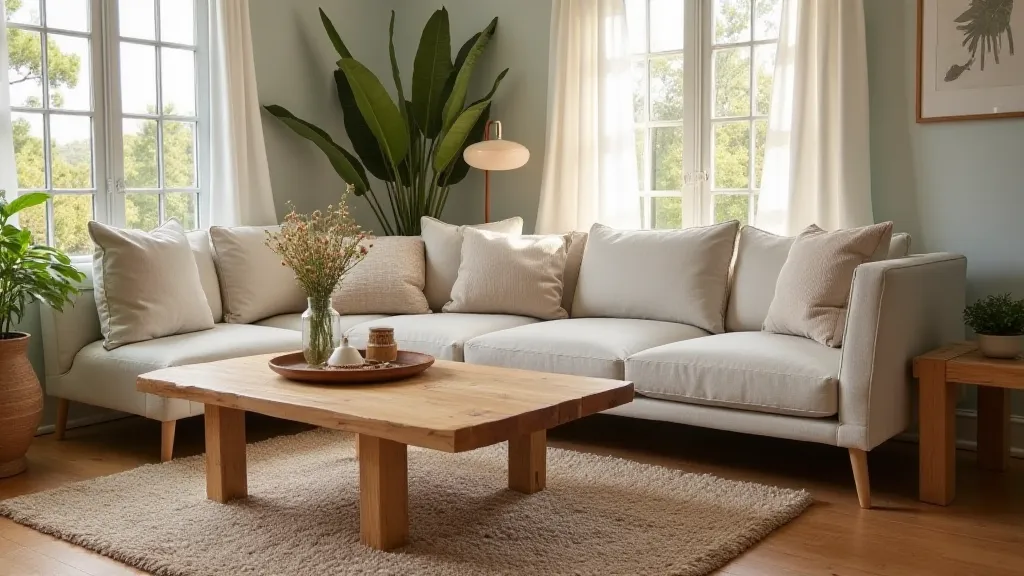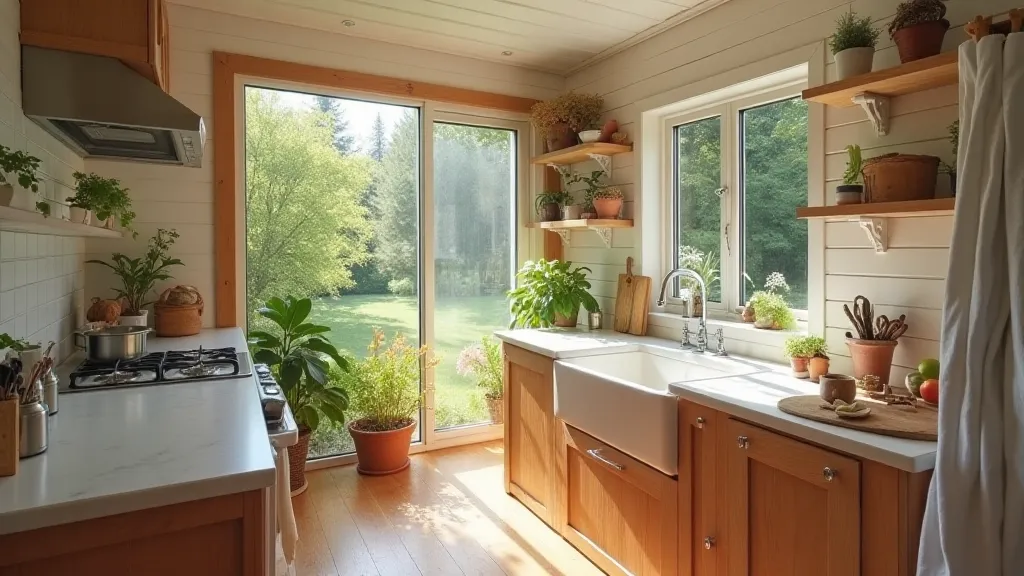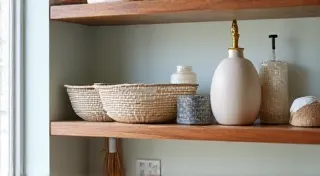Sustainable Home Decor: Eco-Friendly Materials & Design Ideas
Transform your living space with sustainable home decor! Discover eco-friendly materials, design tips, and retailers that prioritize ethical and environmentally responsible practices.
Why Sustainable Home Decor Matters
Our homes are sanctuaries, but they also contribute significantly to environmental impact. From the materials used in furniture to the paint on the walls, conventional home decor often relies on unsustainable practices. Choosing sustainable home decor is a powerful way to reduce your footprint, support ethical businesses, and create a healthier living environment for yourself and your family. It's about more than just aesthetics; it’s a conscious choice to live in harmony with the planet.
Eco-Friendly Materials for Your Home
The foundation of sustainable home decor lies in the materials you choose. Here's a breakdown of excellent, eco-friendly options:
- Bamboo: A rapidly renewable resource, bamboo is strong, durable, and versatile. It’s fantastic for flooring, furniture, and even kitchenware.
- Reclaimed Wood: Giving old wood a new life is a brilliant way to reduce waste and add character to your home. Look for reclaimed barn wood, pallets, or flooring.
- Organic Cotton & Linen: Avoid synthetic fabrics that shed microplastics. Opt for organic cotton or linen for curtains, bedding, and upholstery.
- Hemp: Similar to linen but even more sustainable, hemp is a fast-growing plant that requires little water and no pesticides.
- Recycled Materials: Look for furniture and decor made from recycled glass, plastic, or metal.
- Cork: A renewable bark that's harvested without harming the tree, cork is a fantastic option for flooring, wall coverings, and even furniture.
- Plant-Based Dyes: Choose textiles and decor dyed with natural, plant-based dyes, which are gentler on the environment and your skin.

Sustainable Design Ideas for Every Room
Beyond material selection, thoughtful design choices contribute to a sustainable home. Consider these tips:
- Minimalism: Less is more! Reduce clutter and prioritize quality over quantity. A minimalist approach inherently reduces consumption.
- Natural Light: Maximize natural light to reduce the need for artificial lighting.
- Vintage & Secondhand: Shopping for vintage or secondhand furniture and decor is a fantastic way to give existing items a new home and avoid purchasing new, potentially resource-intensive products.
- DIY Projects: Get creative and make your own decor from recycled or repurposed materials!
- Energy-Efficient Lighting: Switch to LED bulbs to significantly reduce energy consumption.
- Upcycling: Transform old items into new, functional pieces. An old ladder can become a bookshelf, a mason jar can become a vase.
Finding Sustainable Home Decor Retailers
It can sometimes feel challenging to find retailers that genuinely prioritize sustainability. Look for businesses that:
- Transparency: Are open about their sourcing and manufacturing practices.
- Ethical Sourcing: Ensure their materials are sourced responsibly, considering both environmental and social impacts.
- Eco-Friendly Packaging: Minimize packaging and use recycled or biodegradable materials.
- Certifications: Look for certifications like Fair Trade, FSC (Forest Stewardship Council), and GOTS (Global Organic Textile Standard).

Small Changes, Big Impact
Sustainable home decor isn't about making drastic changes overnight. Start with small, manageable steps. Replace one item at a time, prioritize conscious purchasing decisions, and embrace the journey towards a more eco-friendly and beautiful home. Every little bit helps contribute to a healthier planet.
Beyond Aesthetics: The Feeling of a Sustainable Home
More than just looking good, a sustainable home feels good. It's a reflection of your values and a testament to your commitment to a better world. The knowledge that your home is contributing positively to the environment can bring a sense of peace and well-being.






